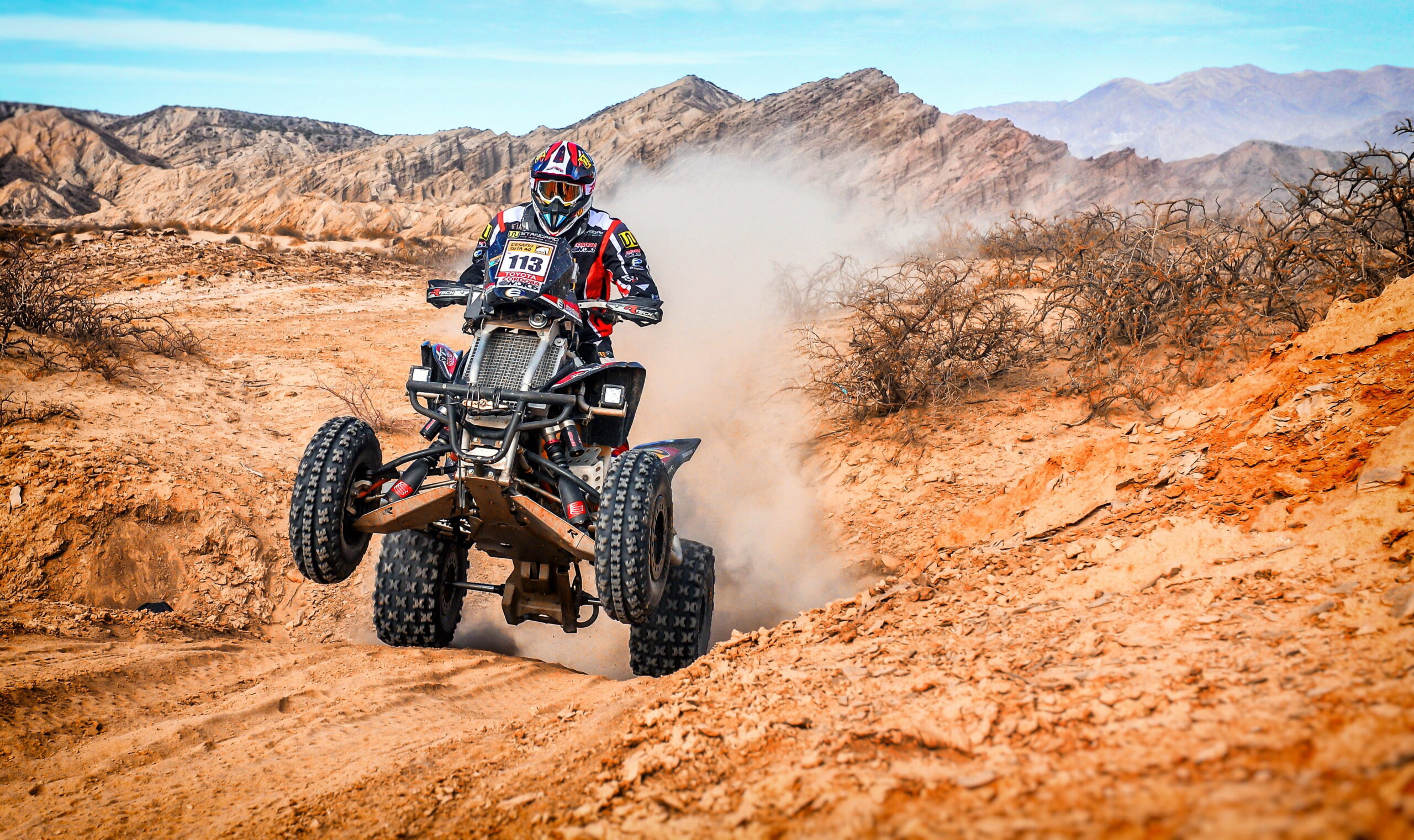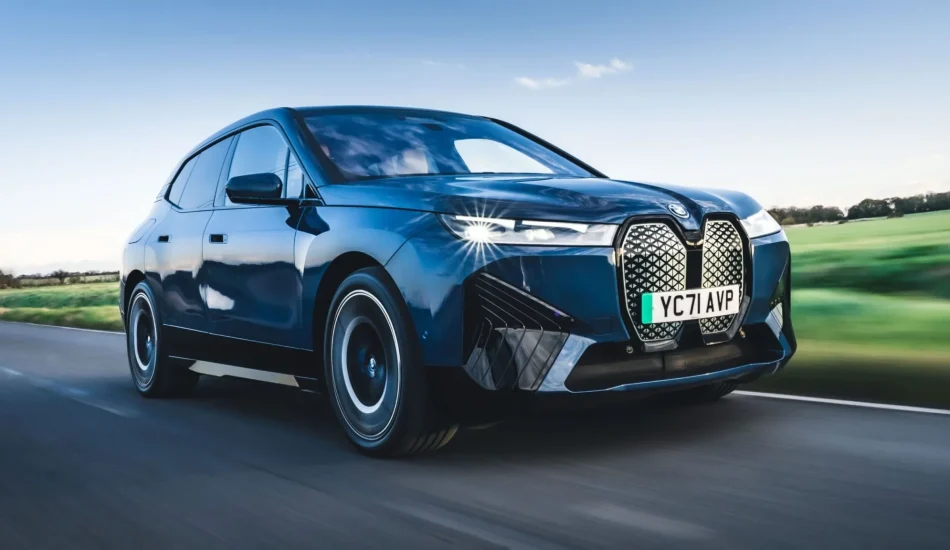
The Difference Between ATVs and UTVs?, Utility Task Vehicles (UTVs) and All-Terrain Vehicles (ATVs) are both popular choices for off-road enthusiasts, but they offer distinct features and functionalities that cater to different needs. Motorcycle For Sale in UAE
UTVs: Often come with a robust roll cage that provides significant protection in the event of a rollover. Many UTVs also include a roof for additional coverage and protection from the elements. They are designed with a car-like structure, with a steering wheel, foot pedals for accelerating and braking, and seat belts for added safety. This combination of features enhances both driver and passenger safety, making UTVs a suitable choice for a variety of terrains and conditions.
ATVs: Typically lack a roll cage and roof, and are generally open-top vehicles. They are driven more like motorcycles, with handlebars for steering and foot pegs or pedals for steering. Most ATVs do not have seat belts, which can be a safety issue depending on the terrain and driving conditions.
The Difference Between ATVs and UTVs?
What is an ATV?
An All-Terrain Vehicle (ATV) is a versatile off-road vehicle designed for navigating a range of challenging terrains. At its core, an ATV is characterized by its unique seating, steering, and handling features.

Key Features of ATVs:
- Seating and Design:
- Straddle Seating Position: The operator sits in a straddle position, akin to riding a motorcycle. This design places the rider directly over the vehicle, offering a more dynamic and responsive ride.
- Passenger Capacity: Most ATVs are built for a single rider, though some models can accommodate an additional passenger. The design prioritizes maneuverability and control for the primary operator.
- Wheels and Tires:
- Configuration: ATVs typically have three or four wheels. The choice of wheel configuration can affect stability and handling. Four-wheeled ATVs are more common and provide greater stability.
- Tire Pressure: The tires are generally kept at a lower pressure compared to those of cars or Utility Task Vehicles (UTVs), enhancing traction and absorption over rough surfaces.
- Steering and Control:
- Handlebar Steering: Unlike UTVs, which use steering wheels, ATVs are controlled with handlebars. This allows for precise, motorcycle-like steering.
- Throttle Mechanism: Standard ATVs feature a thumb throttle that controls acceleration. There is also an option to modify ATVs with a twist throttle, which controls speed by twisting the handlebar. However, twist throttles can be more challenging to manage, particularly on uneven terrain, where accidental acceleration could pose safety risks.
- Braking and Acceleration:
- Braking: Most ATVs offer both a brake handle and a foot pedal for stopping, giving the rider options depending on their riding style and preferences.
- Acceleration: The thumb throttle is the most common method for controlling speed, but some riders prefer twist throttles for their responsiveness. However, twist throttles can be riskier on steep or uneven terrain due to the potential for sudden speed increases.
- Safety Equipment:
- Standard Safety Features: ATVs generally do not include safety equipment as part of the vehicle. Some models may come with roll bars—steel pipes forming a protective cage around the operator in case of a roll-over.
- Protective Gear: Operators are strongly encouraged to wear protective gear, including helmets, gloves, boots, and suitable clothing to enhance safety during operation.
- Cabin:
- Open Design: ATVs are open vehicles without a cabin, though some models have roll bars for added protection. This open design makes them more exposed to environmental elements compared to enclosed vehicles like UTVs.
- Uses:
- Primary Functions: ATVs are primarily used for recreational activities such as trail riding, racing, and exploring rough terrain. They are valued for their agility and ability to handle diverse and challenging ground conditions.
- Cost Considerations:
- Budget-Friendly Option: Compared to UTVs, ATVs are generally more affordable. However, potential buyers should factor in the cost of necessary safety gear and insurance when budgeting for their purchase.
Conclusion:
ATVs offer a nimble and adventurous way to traverse various terrains, making them a popular choice for recreational riding. Their unique design, combined with specific safety and operational considerations, provides a distinct riding experience compared to other off-road vehicles like UTVs. When operated with proper safety precautions and maintenance, ATVs can deliver an exhilarating and efficient means of transportation over rugged landscapes.
What is a UTV?
Utility Terrain Vehicles (UTVs), also known as side-by-sides (SxS), are robust off-road vehicles designed primarily for utility and work purposes. Unlike All-Terrain Vehicles (ATVs), UTVs are built to handle heavier loads and accommodate more passengers, making them versatile tools for a range of applications beyond just recreational use.

Key Features of UTVs:
- Wheels and Tires:
- Standard Wheelbase: UTVs typically have four wheels, similar to a car. This configuration provides stability and support for heavier loads. Some specialized UTVs may have additional wheels for specific applications.
- Steering:
- Car-like Control: UTVs are steered using a steering wheel, making them more akin to driving a car than an ATV. This setup enhances ease of use, especially for those accustomed to traditional vehicle controls.
- Seating and Passenger Capacity:
- Side-by-Side Seating: UTVs are designed to carry between two and four passengers in a side-by-side seating arrangement. This configuration allows for more social interaction and is often referred to as “side-by-side” seating or SxS.
- Passenger Comfort: The spacious cabin accommodates passengers comfortably and is ideal for both work and leisure rides.
- Speed and Handling:
- Powerful Performance: UTVs are generally faster and more powerful than ATVs, with maximum speeds ranging between 25 mph and 50 mph. They are built for power and durability, though they may not be as nimble as ATVs due to their larger size and weight.
- Braking and Acceleration:
- Foot Pedals: Acceleration and braking on UTVs are controlled by foot pedals, similar to a car. This setup provides precise control over the vehicle’s speed and stopping power.
- Safety Equipment:
- Standard Features: UTVs come equipped with safety features such as seatbelts, which are generally not found on ATVs. Additionally, UTVs can be fitted with windshields and roll bars for enhanced protection.
- Customizable Safety: The option to add extra safety features makes UTVs a safer choice for transporting passengers and cargo.
- Cabin:
- Enclosed Options: Many UTVs feature a cabin that provides protection from the elements. This can range from a simple roof similar to that of a golf cart to fully enclosed cabins with doors and windows.
- Uses:
- Work and Recreation: UTVs are commonly used for hauling equipment and supplies in environments where trucks may not be practical, such as farms, construction sites, and remote locations. They are increasingly found in various non-agricultural settings, including schools for transporting sports equipment and other supplies.
- Customization: The versatility and numerous modification options for UTVs make them suitable for a wide range of tasks and industries.
- Cost:
- Higher Price Point: UTVs tend to be more expensive than ATVs, especially when customizations and modifications are factored in. The higher cost reflects their enhanced utility, larger size, and additional features.
Conclusion:
UTVs are versatile, powerful vehicles designed for both work and recreational purposes. Their ability to carry multiple passengers, provide ample storage space, and handle heavy loads makes them invaluable in various settings, from agricultural fields to industrial sites. While they come at a higher price compared to ATVs, their functionality and customizability offer significant value for those needing a robust off-road solution.




